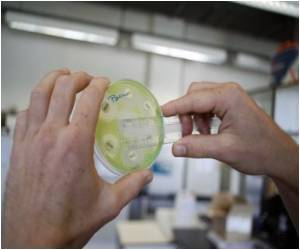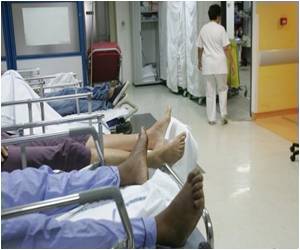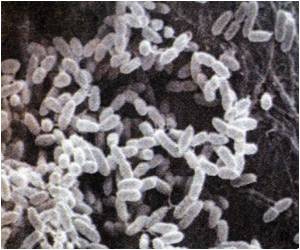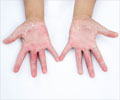
Patients often undergo surgical removal of the infected catheter or other device in an attempt to clear the disease and prevent a system-wide dispersal of infecting cells.
In this study, researchers showed that inhibiting the function of a protein called Hsp90 abolishes drug resistance in the two main fungal pathogens of humans, Candida albicans and Aspergillus fumigatus. "It takes classic antifungals, which were not effective against biofilms, and makes them very effective," said Prof. Leah Cowen, principal investigator on the study who holds the Canada Research Chair in Microbial Genomics and Infectious Disease at U of T's Department of Molecular Genetics.
In an animal model of a central venous catheter infected with deadly fungus, the researchers were able to completely clear the infection by inhibiting Hsp90 and applying antifungals.
Fungal pathogens are a major clinical problem. Candida albicans is the third-leading cause of intravascular catheter-related infections, and is fatal in about 30% of infections associated with devices. And the number of acquired fungal bloodstream infections has increased by more than 200% over the last two decades, partly because successful treatments for previously fatal diseases like cancer and AIDS have left many patients immune-compromised and susceptible to infection.
With more than 10 million patients per year now receiving catheters, artificial joints and other devices, there is a pressing need for a better understanding of biofilms and their role in drug resistance of fungal pathogens.
Advertisement











